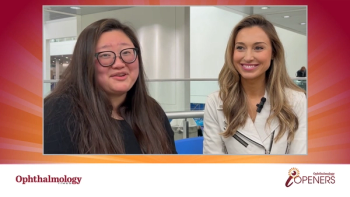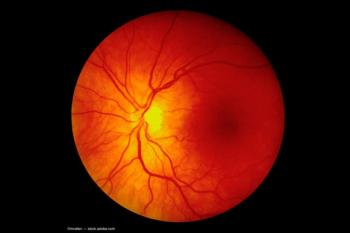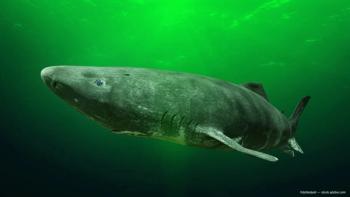
OKYO Pharma announces positive results from phase 2 trial of urcosimod for neuropathic corneal pain
Key Takeaways
- Urcosimod targets ChemR23 receptors on immune and neuronal cells, showing efficacy in reducing neuropathic corneal pain.
- The phase 2 trial was halted early due to promising preliminary data, with significant pain reduction observed in the urcosimod group.
Urcosimod is a lipid conjugated chemerin peptide agonist of the ChemR23 G-protein coupled receptor.
OKYO Pharma has announced positive top-line data from the recently closed phase 2 trial of urcosimod (formerly called OK-101) to treat neuropathic corneal pain (NCP).
The company describes urcosimod as a lipid-conjugated chemerin peptide agonist of the ChemR23 G-protein coupled receptor, which is typically found on immune cells of the eye responsible for the inflammatory response, as well as on neurons and glial cells in the dorsal root ganglion.
The phase 2 trial was a randomized, double-masked, placebo-controlled, proof-of-concept trial and was conducted at a single trial site at Tufts Medical Center in Boston, MA, with Pedram Hamrah, MD, a leading expert in NCP, as principal investigator. The trial was originally planned to enroll 48 patients. However, in April 2025, OKYO Pharma announced the decision to close the trial early, with 17 patients having completed the study due to a “strong desire to unmask the clinical data for an early read-out on a drug effect.”
The primary endpoint of the trial was the change in mean pain scores from baseline (visit 1, day 0) to end of treatment (visit 4, day 84), as measured by a Visual Analogue Scale (VAS) scale of 0-10.
According to the company, per-protocol population results showed a mean pain score of 5.5 in the 0.05% urcosimod group and 2.75 in the placebo group following the 12-week treatment period. Additionally, 75% of patients treated with 0.05% urcosimod in this group achieved greater than 80% improvement in pain severity based on VAS scores. A marked reduction in pain scores for those treated with urcosimod was seen as early as week 4. The company noted that the mean improvement seen in the placebo group was only half what was seen for the 0.05% urcosimod group.
In the intent-to-treat population, 67% of patients in the 0.05% urcosimod group demonstrated greater than 50% improvement in pain, as measured by VAS scores. This was compared to 33% in the placebo group.
Hamrah commented on the trial in a press release from the company, saying, “I have been dedicated to the pursuit of a drug to treat NCP for a considerable period of time, and these top-line results, along with the findings of our previous in-house animal model study of urcosimod to treat NCP, are very exciting and extremely encouraging. I find it particularly encouraging that the drug showed a dramatic reduction in VAS pain scores in patients who have particularly high VAS pain scores, indicating a more severe form of the disease.”
The company states that it plans to accelerate clinical development of urcosimod with further trials in the near future.
Recently, the company announced positive data on the long-term stability of urcosimod for the treatment of
References:
OKYO Pharma Unveils Strong Phase 2 Clinical Trial Results for Urcosimod to Treat Neuropathic Corneal Pain. Published July 16, 2025. Accessed July 17, 2025.
https://www.globenewswire.com/news-release/2025/07/16/3116513/0/en/okyo-pharma-unveils-strong-phase-2-clinical-trial-results-for-urcosimod-to-treat-neuropathic-corneal-pain.html
Newsletter
Don’t miss out—get Ophthalmology Times updates on the latest clinical advancements and expert interviews, straight to your inbox.













































